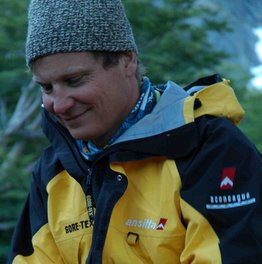Chapter two: Sustainability, New media and social revolution tangle together.
A Brief Timeline
Man gets to the Moon and the feat is transmitted worldwide via the television. Shortly before, May 1968 in France had defined the ideas of a whole generation. After the publication of Rachel Carson’s book Silent Spring, the first ecologic organizations, such as Greenpeace, are born, together with the first environmentally-aware brands: Patagonia and Natura.Some time later, Anita Roddick creates The Body Shop, a pioneer in responsible marketing. With the birth of Ashoka, in 1980, the transformation of the social sector begins. That same year there appears CNN, a 24-hour news channel. And, a year later, MTV and a new visual language. IBM launches the first PC to the market.
The accident of the oil tanker Exxon Valdez has the effect of allowing the ecologic movement to be taken seriously. Marketing begins to massively adopt “green” messages. Activist Chico Mendes is murdered in the Amazonas. The Berlin Wall falls and democratic systems gain footing in Latin American countries, allowing for the creation of citizen groups. The AIDS epidemic also encourages global cooperation in order to fight it.
During the ‘90s, companies such as Shell and Nike face problems for their way of producing, and must render accounts to society with regard to their behavior. Anti-globalization activists get the world’s attention in Seattle. Internet is growing fast and advertising companies begin to investigate online advertising.
The new century begins with the bursting of the dot-com bubble. But, shortly after, the “long tail” paradigm arises. Google makes it possible for small sites to be as important as the big ones. It reaches the whole of the Web, not just the center or the head, but also the ends. Blogs and free software, open to collective participation, are born.
During the terrorist attacks on the London subway, pictures taken with cell phones and promptly uploaded to Flickr, a software for sharing images on the Internet, surpass traditional media coverage both in speed and quality. It is the birth of citizen journalism. Towards the end of the period, Google buys YouTube for 1650 million dollars. Less than a year after its creation, the site created for everyone to upload homemade videos to the Web receives 100 million visits a day. WalMart, the world’s largest supermarket chain, announces its commitment to sustainability.
And the world keeps changing.

No hay comentarios:
Publicar un comentario